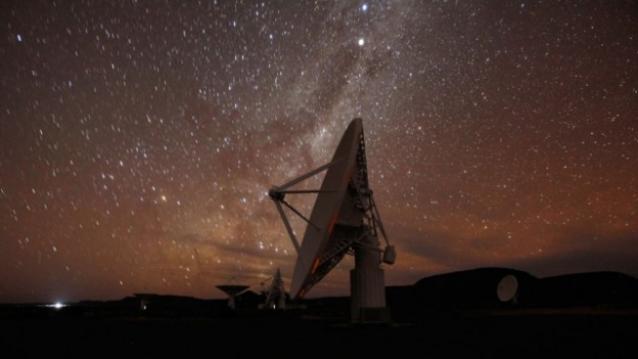New York: The “unusual signal” picked up by SETI (Search for Extraterrestrial Intelligence) using Russia’s RATAN-600 radio telescope and thought to be coming from a star in the Hercules constellation most likely originated from Earth and not some advanced extraterrestrial civilisation, media reports said.
While the Russian team still has not identified the signal’s exact source, the speculation is that it was a “parasite” signal coming from a plane or other satellite, Engadget.com reported on Thursday.
“Subsequent processing and analysis of the signal revealed its most probable terrestrial origin,” The Special Astrophysical Observatory of the Russian Academy of Sciences (SAO-RAS) wrote in statement.
“On August 30, there appeared a number of reports in media on possible detection of a radio signal at RATAN-600 associated with the activity of an extraterrestrial civilisation; in this connection, we consider it necessary to make official comments,” SAO-RAS noted in the statement.
“It can be said with confidence that no sought-for signal has been detected yet,” the statement added.
In the last few years, the astronomers of the Skobeltsyn Institute of Nuclear Physics of Lomonosov Moscow State University together with their colleagues from SAO-RAS have been conducting a survey of astronomical objects in the framework of the SETI (Search for Extraterrestrial Intelligence) programme.
SETI is the common name for projects and activities for the scientific search for activity of extraterrestrial civilizations.
The programme is oriented towards searching for radiation of possible artificial origin.
The studies are carried out with RATAN-600 using wide-range continuum radiometres in the frequency range of 1-22.7 GHz.
“In the framework of this programme, an interesting radio signal at a wavelength of 2.7 cm was detected in the direction of one of the objects (star system HD164595 in Hercules) in 2015. Subsequent processing and analysis of the signal revealed its most probable terrestrial origin,” the statement added.
IANS

